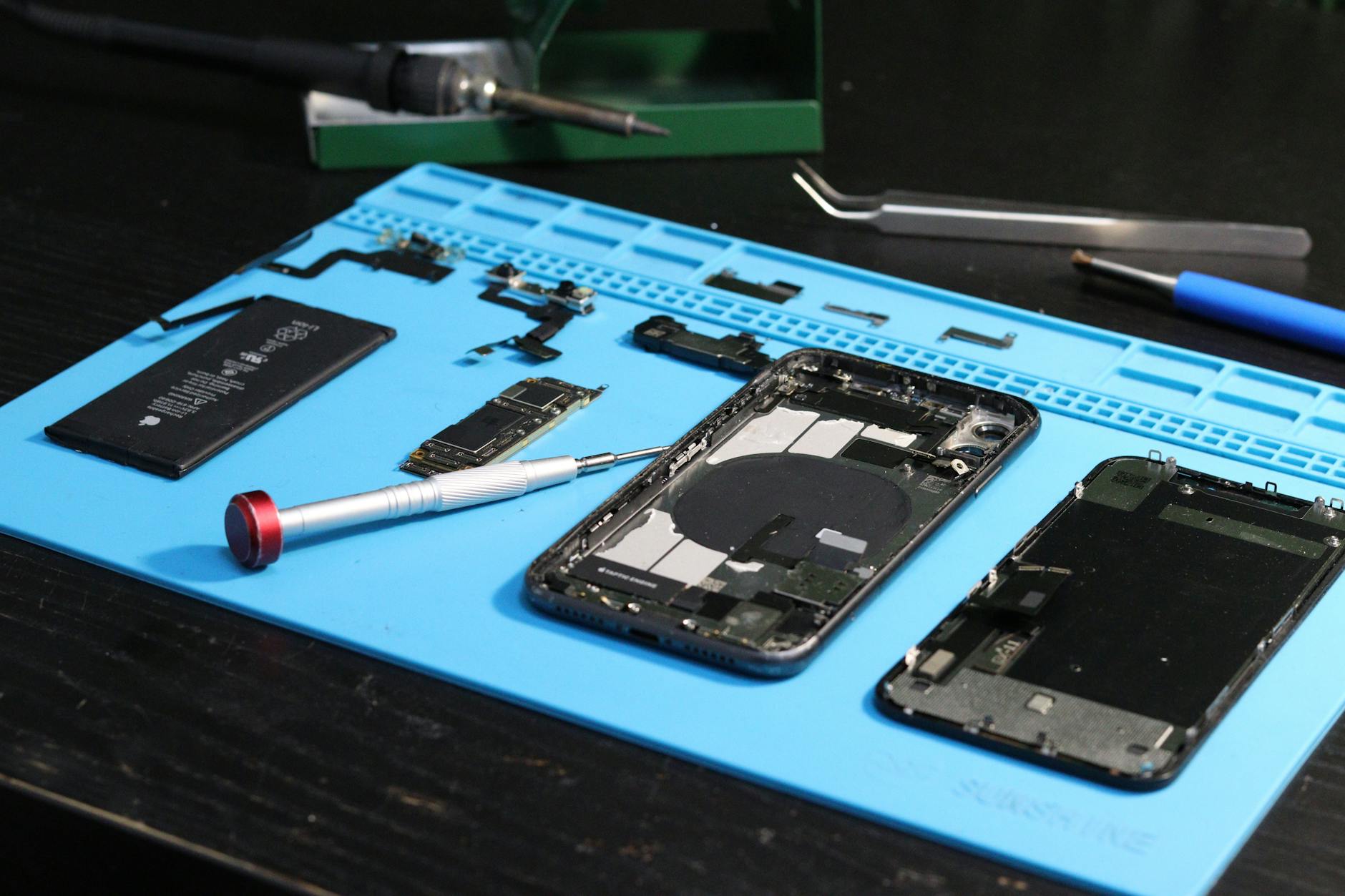How Repairability Index Impacts Your Tech Choices in India

How Repairability Index Impacts Your Tech Choices in India
Have you ever faced the frustration of a cracked smartphone screen or a failing battery, only to discover that repairs cost nearly as much as a new device? You’re not alone. With consumer complaints about mobile and tablet repairs skyrocketing from 19,057 in 2022-23 to a projected 22,864 in 2024-25, the issue of planned obsolescence has become a pressing concern for Indian consumers. Tech companies often restrict access to repair resources, forcing premature device replacement and increasing both financial burden and e-waste.
In response to this growing crisis, India is introducing a Repairability Index – a revolutionary rating system that will score electronic devices on a scale of 1 to 5 based on disassembly ease, spare parts availability, repair information access, and more. This initiative, modeled after successful implementations in countries like France, aims to empower consumers with the knowledge needed to make sustainable purchasing decisions. The index will be prominently displayed at points of sale, on e-commerce sites, and on product packaging via QR codes, transforming how we evaluate technology purchases.
In this blog, we’ll explore how the Repairability Index works in the Indian context, examine the growing movement for repair rights, highlight government initiatives supporting repairability, and address both the benefits and challenges this system brings to consumers. Join us as we dive into a new era where repair trumps replacement and consumer choice drives technological sustainability. 🔧📱✨
Understanding the Repairability Index in India

Definition and purpose of the Repairability Index
The Repairability Index in India rates how easily you can fix your gadgets. Think of it as a report card for your phone or laptop’s fixability. This system empowers you to choose devices that won’t become e-waste the moment something breaks.
The 5-point rating scale and evaluation criteria
Devices get scored from 1 (repair nightmare) to 5 (super fixable) based on disassembly ease, spare parts availability, repair docs, and price fairness. The QR codes on packaging let you scan and instantly see if your potential purchase is repair-friendly or a future headache.
The Growing Need for Repair Rights in India

A. Rising consumer complaints about mobile and tablet repairs
Frustrated with your phone repair experience? You’re not alone. In 2022, India saw over 68,000 consumer complaints about mobile repairs, with most citing exorbitant costs and unavailable parts. When your ₹70,000 smartphone breaks after just a year, finding affordable repair options shouldn’t feel impossible.
B. The challenge of planned obsolescence in electronics
Tech companies have mastered the art of making products die right after warranty. They design phones with glued batteries and specialized screws to keep you out. This “buy-replace-repeat” cycle hits Indian wallets hard, especially when a simple battery change costs nearly 30% of a new device.
How the Repairability Index Works

A. Six key parameters: disassembly depth, repair information, spare parts, software updates, and tools
The Repairability Index scores your devices on a scale of 1-10 based on how easy they are to fix. It looks at how quickly you can take apart your phone, whether repair guides exist, if spare parts are available, how long software updates continue, and what tools you need.
B. Initial focus on smartphones and tablets
India’s system targets smartphones and tablets first since most repair complaints come from these devices. This makes sense—we drop our phones constantly and replacement costs are sky-high compared to fixing what’s already broken.
Benefits for Indian Consumers
Making informed purchasing decisions based on repairability
The repairability index in India empowers you to compare products before buying. No more surprises when your phone breaks! With clear repair scores, you’ll know which devices are worth your hard-earned rupees and which might become expensive paperweights after minor damage.
Reducing reliance on new products and lowering costs
Repair-friendly tech saves you serious cash over time. When your laptop fan fails, fixing it costs a fraction of buying new. Indian consumers who choose repairable devices create a market where manufacturers compete on durability, not just flashy features.
Government Initiatives Supporting Repairability
A. The Right to Repair Portal launched in 2022
India took a giant leap forward in 2022 with the Consumer Affairs Department launching the Right to Repair Portal. This game-changing initiative gives consumers much-needed access to product manuals, repair guides, and contact info for authorized repair centers across electronics, automobiles, and farming equipment.
B. Committee formation and stakeholder participation
The government didn’t stop there. They formed dedicated committees bringing together manufacturers, consumer advocates, and repair experts to shape fair repair policies. These collaborations are pushing for standardized parts, simplified repair procedures, and consumer-friendly documentation that makes DIY repairs actually doable.
Global Context and Best Practices

Similar initiatives in France, UK, EU and US
France pioneered the repairability index in 2021, requiring scores on electronics packaging. The EU followed with similar laws, while the UK and US are advancing their own right-to-repair frameworks. These initiatives empower consumers by mandating repair information and parts availability from manufacturers.
The Fair Repair Act and Right to Repair Regulations worldwide
The global repair movement gained momentum with the Fair Repair Act in the US, forcing tech giants to reconsider their repair policies. Countries are now adopting various approaches—from strict regulations in EU nations to emerging frameworks in Australia and Japan. India’s developing policy shows promise but lacks the enforcement teeth seen elsewhere.
Challenges and Opposition

Resistance from technology manufacturers
Tech giants aren’t thrilled about repair scores hitting the Indian market. Apple, Samsung, and others argue it’ll crush innovation and raise costs. They’ve pumped millions into lobbying against these policies, claiming their proprietary designs are at stake.
Security and innovation concerns
“What happens when anyone can tinker with your smartphone?” That’s the question manufacturers keep asking. They worry about data breaches and knockoff parts flooding the market. But repair advocates point out that cars have repair manuals without destroying the auto industry.

The Repairability Index represents a significant step forward for Indian consumers, empowering them with the information needed to make sustainable tech choices. By rating devices on a scale of 1 to 5 based on crucial factors like spare parts availability, ease of disassembly, and access to repair documentation, this initiative directly addresses the growing e-waste crisis while challenging the culture of planned obsolescence that has dominated the tech industry.
As India joins global leaders like France and the UK in implementing repair-friendly policies, consumers stand to benefit from longer-lasting devices, reduced costs, and greater autonomy over their technology. Though challenges remain, particularly from manufacturers concerned about security and innovation, the government’s commitment to building a sustainable, self-reliant economy through initiatives like the Right to Repair Portal signals a pivotal shift in how we value and interact with our devices. By choosing products with higher repairability scores, you’re not just making a smart financial decision—you’re contributing to a more sustainable future where repair, not replacement, becomes the standard practice.


